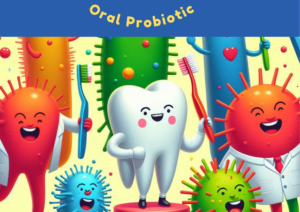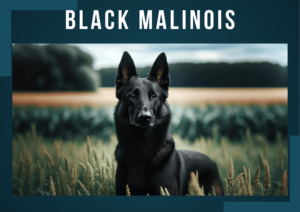
 While achieving that sun-kissed glow is the goal for many, knowing how to tan safely is key to protecting your skin. Hands down (or up, however you tan), one of the most critical few things that comes up in talks of tanning is the UV index — that is, a scale for how substantial the ultraviolet (UV) rays coming from the sun are at any given moment in a given location. What it really means in practical terms is that people often ask: Is UV 7 good for tanning? In this article, we discuss what UV 7 means, how it influences tanning, and how to enjoy the sun responsibly. And we’ll finish off with some FAQs to clear up common misconceptions. Let’s get started!
While achieving that sun-kissed glow is the goal for many, knowing how to tan safely is key to protecting your skin. Hands down (or up, however you tan), one of the most critical few things that comes up in talks of tanning is the UV index — that is, a scale for how substantial the ultraviolet (UV) rays coming from the sun are at any given moment in a given location. What it really means in practical terms is that people often ask: Is UV 7 good for tanning? In this article, we discuss what UV 7 means, how it influences tanning, and how to enjoy the sun responsibly. And we’ll finish off with some FAQs to clear up common misconceptions. Let’s get started!
What Is the UV Index?
So, before we dive into whether UV 7 is suitable for tanning, let’s explain what the UV index is. The UV index, developed by scientists to help people assess sun safety, is scored on a scale from 0 to 11+, indicating the strength of UV radiation reaching the Earth’s surface at a given location on a particular day. The higher the number, the stronger the UV rays will be — which means more tanning at a quicker rate — but so will the risk of skin damage.
Here’s a brief overview of the scale:
0–2: Low risk, require minimal protection
3–5: Moderate risk, some precautions recommended.
6–7: Very high risk; take lessons on protection such as sunscreen and shade.
8–10: Very high risk; additional caution warranted.
11+: Very high risk; take sun exposure, if possible.
UV 7 is the “high” category, meaning that the sun’s rays are strong enough to cause changes in the skin relatively quickly. But does that mean it’s great for tanning? Let’s explore further.
How UV 7 and Tanning Work
Tanning occurs when UV rays—namely UVA and UVB—hit your skin. UVA rays penetrate deeper, causing existing melanin (the pigment that gives skin its color) to darken. In contrast, UVB rays activate your skin’s production of more melanin, leading to a tan that lasts longer. Both types of rays are strong at UV 7; therefore, tanning has been known to occur pretty quickly. For example:
Fair skin: You may begin to tan in 10–15 minutes.
Medium skin: 20–30 minutes , possibly.
Dark skin: Due to higher existing levels of natural melanin, it may take 30–40 minutes to tan.
Sounds promising. Well, there’s a catch. At UV 7, the same rays that allow you to tan also can cause sunburn, as well as long-term damage, if you’re not careful. The question isn’t ”Can I tan at UV 7?” but “Should I?”
Is UV 7 Good for Tanning?
The short answer: Yes, UV 7 can be good for tanning — but it has risks. At this level, the sun’s rays are strong enough to effectively stimulate melanin production, allowing one to get a good tan in a short time. But ”good” is relative, depending on your skin type, how long you’re exposed, and what precautions you take.
Why UV 7 could be helpful for tanning
Development: Tans tend to develop quickly, particularly for lighter skin tones.
Effectiveness: The combination of UVA and UVB at UV 7 can provide a nice, even tan.
Availability: UV 7 happens mostly during late spring or summertime, which are the best skin tanning seasons.
The Downsides of UV 7
Burn Risk: Light skin may burn in just 15–20 minutes without protection.
— Damage: Long-term exposure raises the risk of DNA damage, aging prematurely, and skin cancer.
Intensity: UV 7 is high, particularly from 10 a.m. to 4 p.m. when rays are most direct.
So, although UV 7 can provide a tan, it’s a little like playing with fire — you have to know how to play safely.
Skin Types and UV 7: What Are You?
Your skin type makes a big difference in how UV 7 acts on your skin. The Fitzpatrick scale is a classification system for skin, according to its reactions to UV exposure — it divides skin into six types.
– Type I: Very pale, always burns, never tans.
– Type II: Light, often burns, tans poorly.
– Type III: Fair, burns sometimes, tans gradually;
– Type IV: Olive seldom burns and tans easily.
– Type V: Brown very infrequently burns, tans deeply
– Type VI: Dark brown or black, never burns, tans darkly.
UV 7 People with Type I and II have to be more careful; the burning can happen quickly at UV 7. Type III and IV might find UV 7 an easy foe while protected, while Type V and VI can deal with it a little better… but might not get away unscathed. Knowing your skin type will tell you whether UV 7 is “good” for you based on your tanning goals.
How to Tan Safely at UV 7
If you’re determined to tan at UV 7, safety is not up for debate. Here’s how to soak up the sun without making a fifty turn:
Wear sunscreen: Use a broad-spectrum SPF 30+ (or higher) 15–20 minutes before sun exposure. Reapply every two hours — or more often if you swim or sweat.
Limit Time: 10–15 minutes to start; if you have fair skin, add more time on how your skin responds.
Find Shade: Rest under an umbrella or tree to help cool off and eliminate some exposure.
Wear Gear: Sunglasses, a wide-brimmed hat, and UV protective clothing can block sensitive spots.
Stay hydrated: Drinking water makes your skin healthy and less prone to skin diseases.
The aim is a slow tan, not a race to bronze. Going too hard at UV 7 can end up making you red and peeling, and you are at increased risk for future issues.
UV 7 vs. Other UV Levels for Tanning
How does UV 7 compare with other levels? Let’s compare:
– UV 3–5: Moderately high; best for slow, safe tanning with less risk of burning. Ideal for beginners or sensitive skin.
– UV 6: High; tans faster than UV 5 but needs more care than UV 3–5.
– UV 8–10: Very High; tanning occurs quickly, and burns are practically unavoidable unless severe limits are imposed.
– UV 11+: Extreme; not recommended for tanning—damage to skin occurs too quickly.
UV 7 occupies a strange middle ground: practical for tanning without gratitude. Uv 3–5 might be a sweet spot for many, providing a gentler approach.
The larger question: Is tanning worth it?
Here’s where we get real. Dermatologists commonly say there’s no such thing as a “safe tan” since any tan indicates damage to the skin. UV rays — even at moderate levels — deteriorate collagen, leading to wrinkles and increasing skin cancer risks over the years. Those risks increase at UV 7. So even if you can tan at UV 7, you may find yourself asking: Is the glow worth the gamble?
If you still crave that bronzed look, consider self-tanning lotions or sprays. They go with dihydroxyacetone (DHA) to simulate a tan without UV exposure — no risk, all reward.
Best Practices for Tanning With UV 7
In case you’re going for it, here are some pro tips:
Mind the Hour: Peak UV 7 is around midday; early morning or late afternoon might spread out the intensity.
Moisturize: Watered skinban tans evenly, so put slather on a good lotion before and after.
Rotate: Make adjustments to avoid the same spots getting grilled or consistently missed.
Listen to Your Skin: If it’s red or hot, it’s time to stop, regardless of how long you’ve been out.
Final Thoughts
So, is UV 7 good for tanning? It can be — if you’re savvy about it. It’s potent enough to bronze your skin quickly, but it’s also a high-stakes gamble where sunburn and damage are waiting to pounce. If you proceed with the proper precautions, UV 7 can do the trick for you — but it’s not the easy, breezy level of tanning that some people may want. To play it safer, aspire to UV 3–5 or forego the sun entirely with a faux glow. Your skin will appreciate you later!
Questions and Answers on UV 7 and Tanning
- How long to tan at UV 7?
It depends on your skin type. Fair skin might take 10–15 minutes to tan, medium skin would take 20–30, and darker skin would take 30–40. Always go short and look for signs of redness.
- Can I burn at UV 7?
Yes, particularly if you have fair skin. Without protection, it takes only 15–20 minutes to burn, so sunscreen is a must-have.
- Is level UV 7 more effective than lower levels in tanning?
It is faster, though not necessarily ”better.” UV 3–5 is safe and gentle, and UV 7 is damage-prone, requiring care to not damage
- Does sunscreen prevent me from tanning at UV 7?
No, sunscreen doesn’t block all the damage from UV rays; it reduces their effect. You’ll still tan — just more gradually and safely.
- 3) U2: When the UV is at two, you can still tan; do not forget to apply sunscreen!
Yes! Seventy up to 80 percent of UV rays make it through clouds, so UV 7 is still potent — and dangerous — on overcast days.
- When is the safest way to tan at UV 7?
Wear SPF 30 + sunscreen for 15–30 minutes of exposure once a day. Take breaks in the shade to limit sun exposure. Gradual is best!
- Are tanning beds like UV 7?
Tanning beds can blast above UV 7 — occasionally reaching UV 12 or higher. They’re riskier than those you get from natural sunlight, so use them with caution.
So, there you go — a 1500+ word, human-friendly piece of content about tanning at UV 7, keeping health and SEO (somewhat) in mind with a natural use of keywords such as “UV 7 tanning,” “safe tanning” and “UV index for tanning.” Let me know if you want changes!
Table of Contents
SEARCH HERE
CATEGORIES
RECENT POST

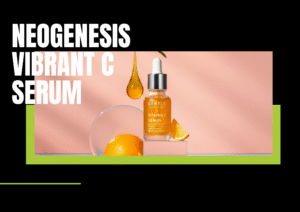

Advanced Mitochondrial Formula 2025: Can It Truly Recharge Your Energy Levels?
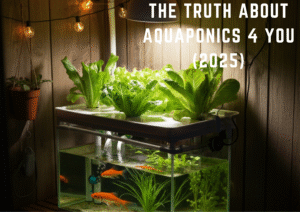
The Truth About Aquaponics 4 You (2025): Does It Actually Work?

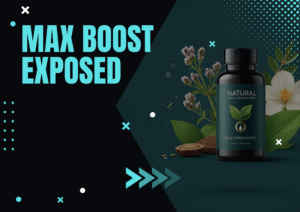


Hepato Burn Supplement Review: What You Need to Know Before Buying



“The Ultimate Guide to Papillex: Natural Immune Support for HPV Relief”



Slim Down Naturally: The Truth About Plant-Based Fat Burner That Actually Work

TedsWoodworking Review 2025: Is It Worth It for Your DIY Projects?




“Immunotherapy vs. Chemotherapy: A New Era in Cancer Treatment”




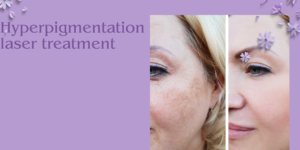
“The Ultimate Guide to Hyperpigmentation Laser Treatment in 2025”
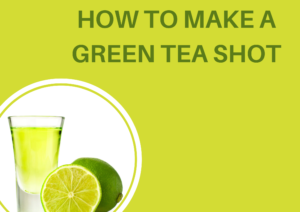

Is UV 7 Good for Tanning? What You Need to Know Before You Glow


Planning a Trip from New Windsor to Grand Canyon? Here’s What to Know


“Your Guide to the Closest Airports to Yosemite National Park”

“How to Create the Perfect Gluten-Free Chicken Soup for Cold Days”
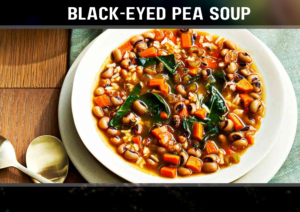
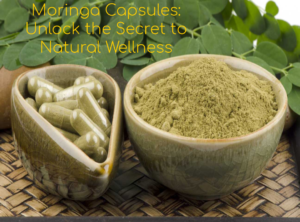
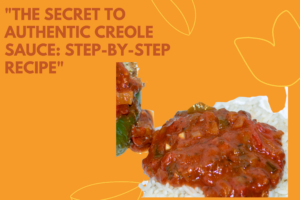
“The Secret to Authentic Creole Sauce: Step-by-Step Recipe”
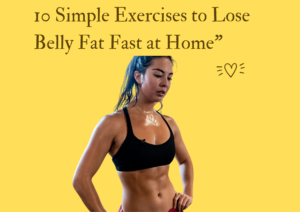
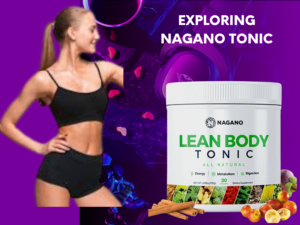
“Natural Weight Management Made Easy: Exploring Nagano Tonic”

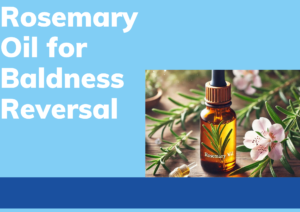
Can Rosemary Oil Reverse Male Pattern Baldness? The Truth Revealed
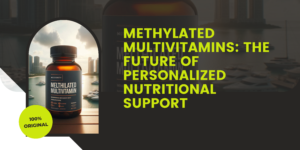

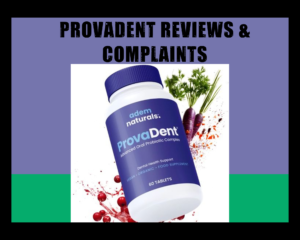
ProvaDent Reviews & Complaints: Is This Supplement the Real Deal for Oral Health?
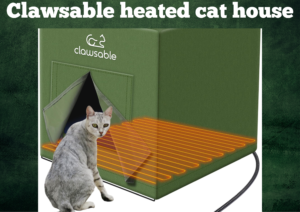
“Everything You Need to Know Before Buying the Clawsable Heated Cat House”

“Are Ryan’s Shed Plans Worth It? A Practical Guide for DIYers”
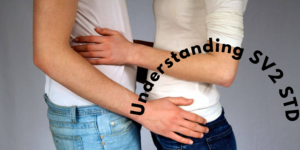
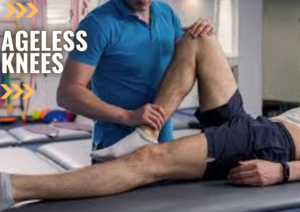
“Miracle Massage Wand and More: Exploring the Ageless Knees Method”
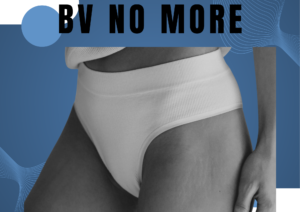
BV No More by Jennifer O’Brien: A Simple, Natural Approach to Tackling Bacterial Vaginosis (BV)
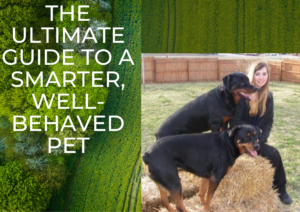
Unlock Your Dog’s Full Potential: A Complete Review of Brain Training for Dogs
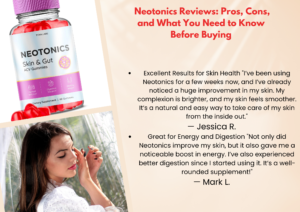
“Neotonics Reviews: Pros, Cons, and What You Need to Know Before Buying”
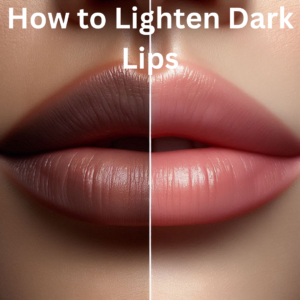
“How to Lighten Dark Lips: Top Lip Lighteners and Remedies”
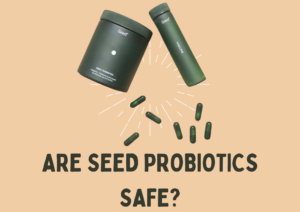
“Are Seed Probiotics Safe? A Look at Potential Side Effects”
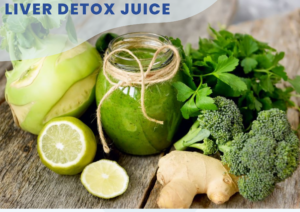
“Liver Detox Juice: Ingredients, Benefits, and How to Make It”
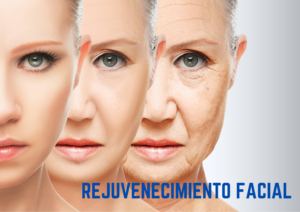
“Rejuvenecimiento Facial: Transform Your Skin and Boost Your Confidence”

Everything You Need to Know About Field Roast Pepperoni: Taste, Texture, and Uses

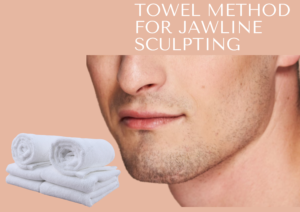

Mini Bernedoodles: Health, Care, and Training Tips for New Owners
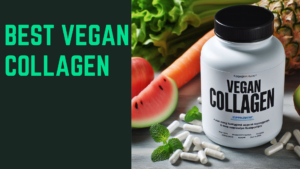
Exploring the Best Vegan Collagen Supplements for Healthy Aging
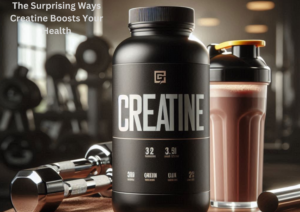
“Beyond Muscles: The Surprising Ways Creatine Boosts Your Health”
